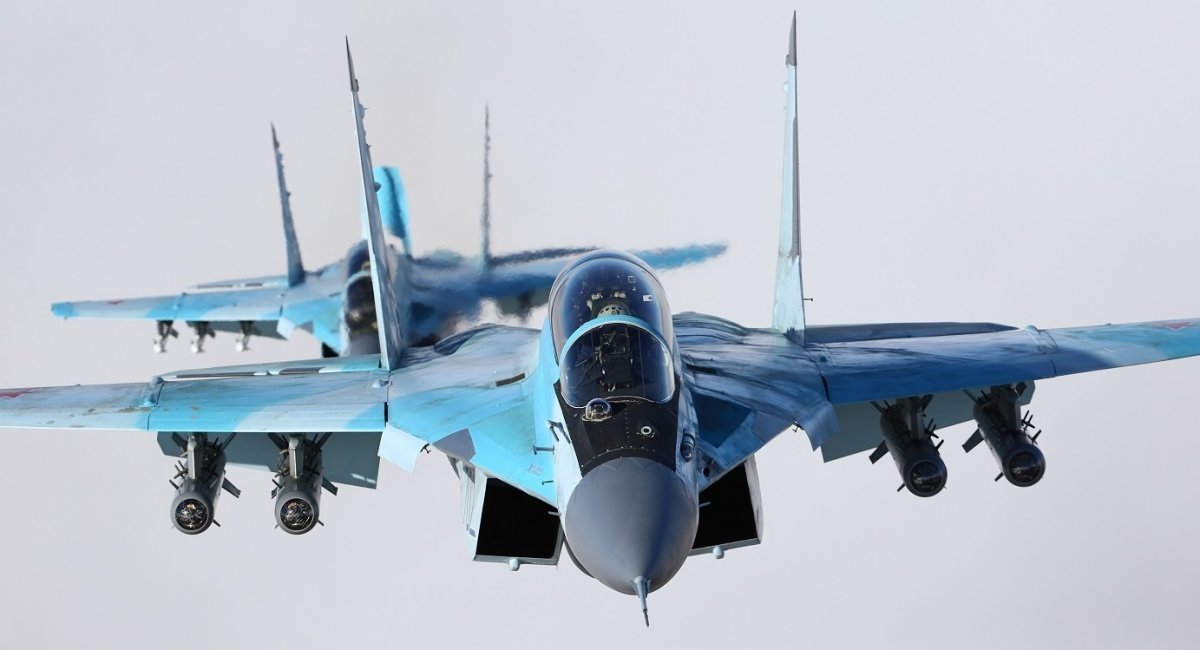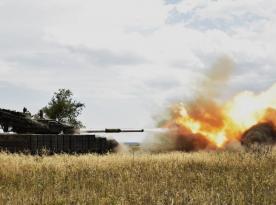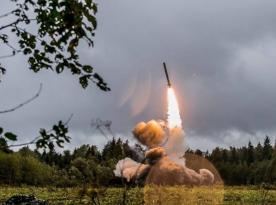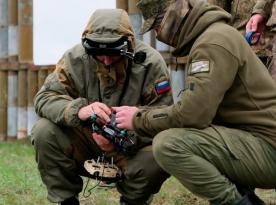During the latest air attack on Sumy city of Ukraine on March 24, the russians used 11 guided aerial bombs launched from 10 Su-35 fighters, as reported by Ukrainian Air Force spokesman Yurii Ihnat. This is the first time this type of weapon is used so massively.
Although, occasional use of guided air bombs has been seen throughout all of the russian invasion of Ukraine. The identified types include 1,500-kg UPAB-1500V, the Grom-E1 hybrid of a bomb and a missile, as well as the russian JDAM-ER analog – this one was used in the recent air attack on Sumy, and there's even a slightly scratched hull of this unique weapon found by Ukrainians.
Read more: Russia Attacked Sumy Region with the JDAM-ER Analog, Module for the Flight Control Elements Survived (photo)
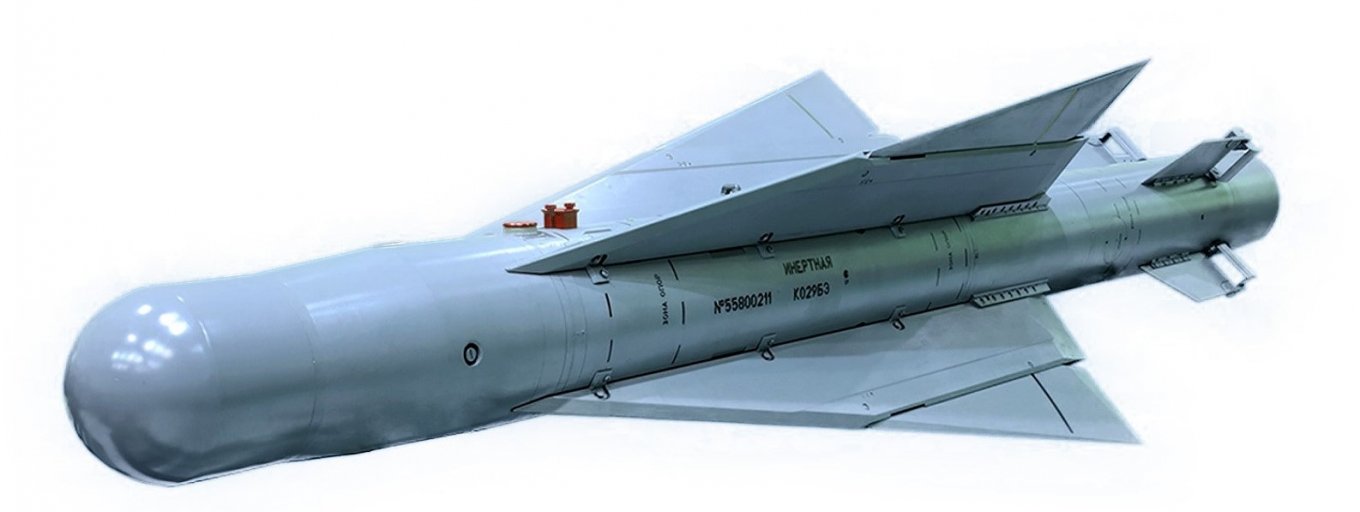
The capabilities of this gliding bomb labeled by the russians as UMPK were covered by Defense Express in an earlier article. Instead, we'd like to have a general look at this type of weapon and possible countermeasures.
In fact, until now the concept of a gliding bomb was not popular in russia. There were some research projects but they resulted in nothing practical. In addition to the ones mentioned, there is data of some other guided bombs existing: the UPAB-500V bomb weighing 500 kg and the Grom-E2 which is a variant of the Grom-E1 but without an engine. However, there is nothing known about these projects being mass-produced.
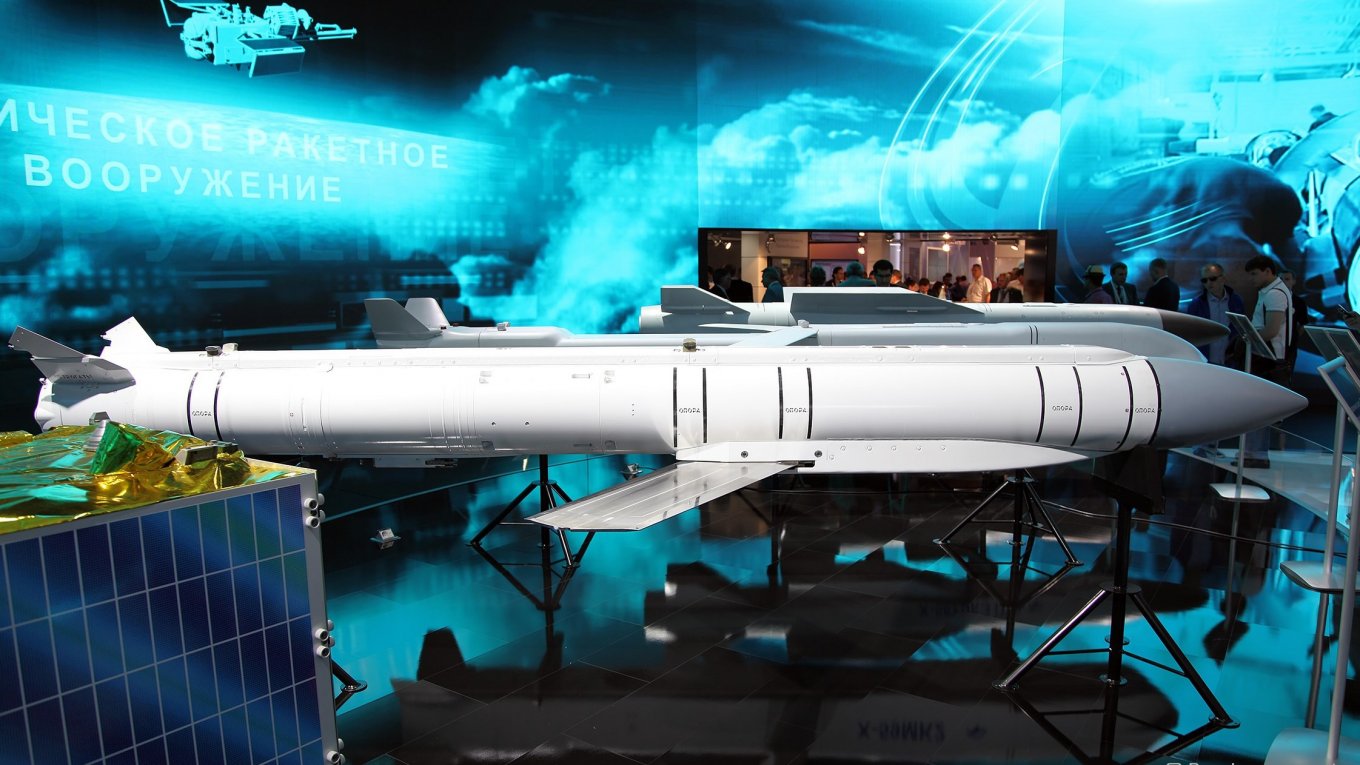
The russians also said they adopted the Drel gliding bomb in 2021 with a gliding range of 30 km that has a weight of 540 kg and carries 15 submunitions with individual guidance, similar to the ones in the 9M55K1 Smerch rocket.

How the glide bombs are used against Ukraine
Ukrainian Air Force Command says the russian planes don't need to enter the area controlled by Ukraine's air defense to launch guided gliding bombs, contrary to the KAB-500Kr or KAB-1500 guided bombs. That is why the threat is real, although the endangered area is much smaller than in case of cruise missiles such as Kh-101 or Kalibr, or guided missiles like Kh-59 and Kh-22.
That is for the reason that the firing range of a glide bomb depends on the speed and altitude of the carrier. The higher these parameters are, the further it will fly after its release. Based on the data from the russians, the UPAB-1500V travels 40 km when launched from altitude 14 km. The Grom-E1 has its own solid rocket propellant so the range is 120 km from 12 km high, though this data looks questionable. And the new UMPK is said to fly "50 kilometers or more" from the words of Ukrainian Air Force.
Given the attack range of 40 km as a basis, there's already a number of major cities of Ukraine endangered by glide bombs, including Kherson, Zaporizhzhia, Kharkiv, Sumy, Chernihiv. And the only way to effectively deal with these bombs is to target the carriers.
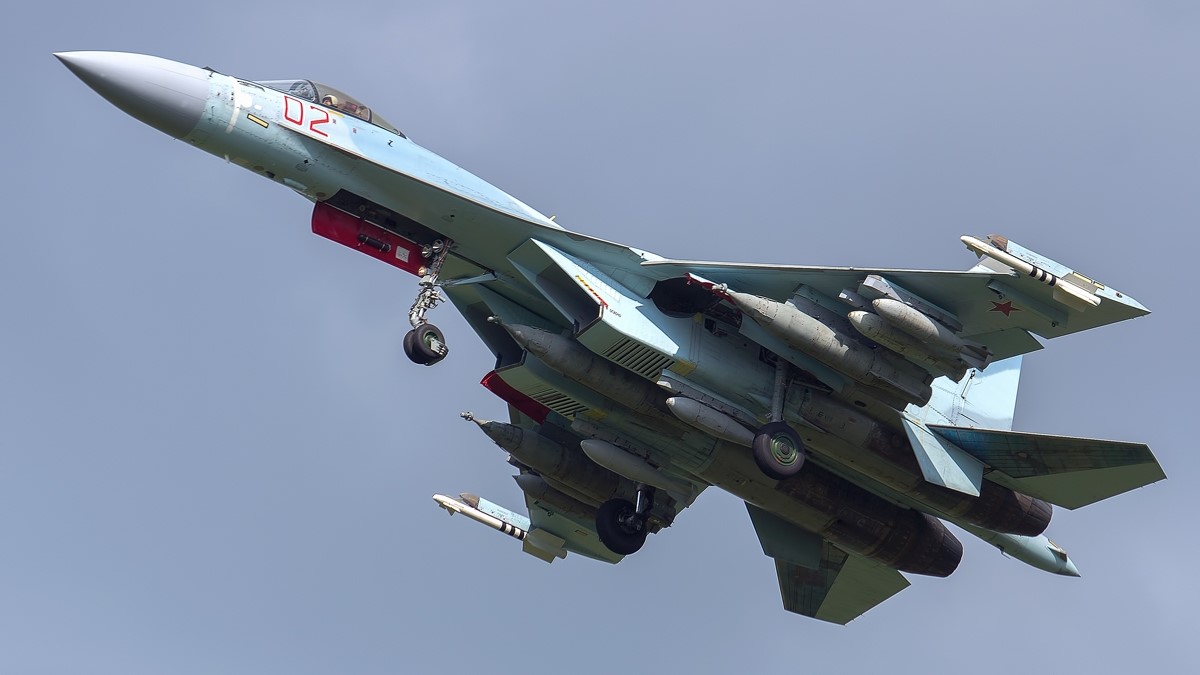
What is the Countermeasure
The problem is, russian forces know well the operational range of air defense systems available to Ukraine as both parties mostly rely on Soviet arsenal heritage. Some frontline air defense systems like Osa-AKM have too low range of engagement of 5 km so they don't reach the aircraft dropping the bombs from behind enemy lines. On the other hand, longer-range S-300 systems are usually covering important objects in the rear so they don't reach, too. The only missile to S-300 in Ukraine is the 5V55 with a range of 75 km, and the russians know that well enough.
The situation could change after the arrival of Patriot and SAMP/T missile systems because the American one uses PAC 2 missiles capable against enemy aircraft at high altitudes within 150-160 km range, and the SAMP/T within a 100 km range. The only issue is the quantity of these systems as there will not be enough to cover all the areas, especially considering their primary role would be deterring russian ballistic missiles.

Still, even occasional use of one of these systems for an ambush on a russian bomber may become an effective deterrent against future attempts for russian aircraft to try and approach borders for a bomb launch. Perhaps this was the tactic applied to destroy the russian Su-34 bomber near Yenakiieve.
That is another reason why the issue of receiving Western fighters with long-range air-to-air missiles to scare russian aircraft away is so important in the context of the Ukraine war. And the only alternative for now is to try to integrate such weapons as AIM-120 into Soviet planes which is difficult and barely any efficient.
Read more: Adapting MiG-29 For the AIM-120 is Difficult and Barely Any Efficient




